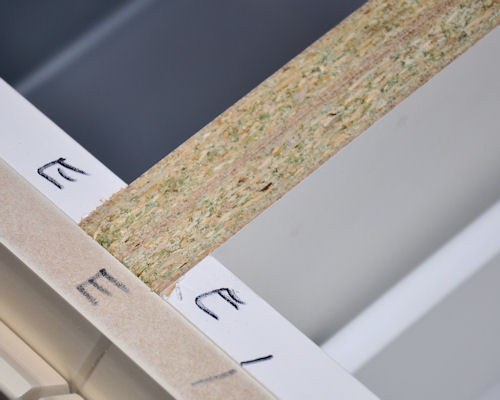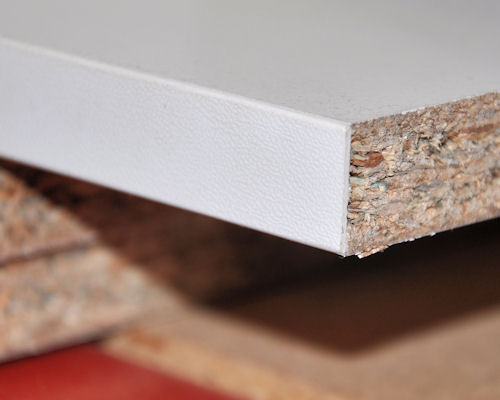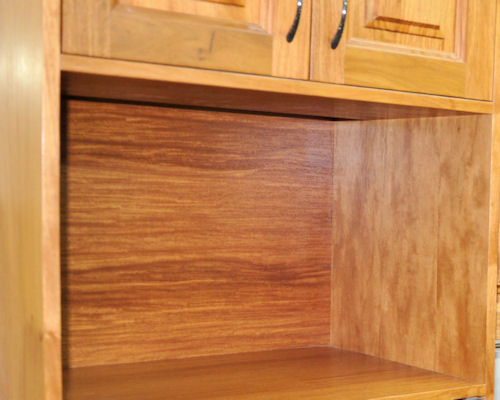Surface treatments
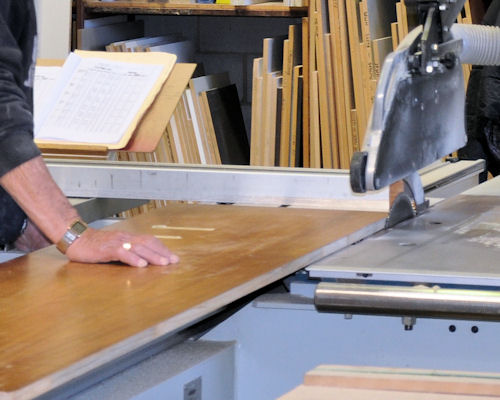 Audio for slide 2 (mp3 |6|KB)
Audio for slide 2 (mp3 |6|KB)
High pressure laminates
High pressure laminates are made from layers of paper or fabric impregnated with resin, such as urea or melamine.
The layers are bonded together under heat and high pressure into a single sheet.
Different colours or printed patterns can also be incorporated into the superimposed layers.

 Audio for slide 4 (mp3 |6|KB)
Audio for slide 4 (mp3 |6|KB)
Low pressure laminates
Most people refer to low pressure laminates simply as 'melamine' - for example, 'white melamine particleboard' refers to a particleboard substrate faced with a white low pressure laminate.
Strictly speaking, though, the melamine is the resin used to impregnate the paper layers that make up the laminate.

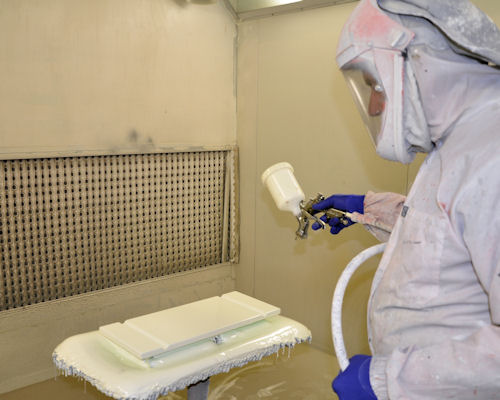 Audio for slide 7 (mp3 |6|KB)
Audio for slide 7 (mp3 |6|KB)
Paints and lacquers
There is a wide range of paints and lacquers available as surface finishes.
They are typically sprayed onto MDF and hardboard with as many coats as required for the end use it is designed for.
Cabinet doors and drawer fronts made from MDF often have an inset pattern machined into the face and a high gloss polyurethane paint finish.


Learning activity
Audio 8 (mp3 |6|KB)You've no doubt seen all of these surface treatments in various kitchens, bathrooms and items of furniture.
You may have also seen combinations of treatments in a single panel, such as:
- particleboard sheets with a timber veneer face and white melamine back
- MDF with a laminated face and a painted edge (machined to a profile).
See if you can give an example where each of these surface treatments might be used in a panel or component in a kitchen or bathroom installation.
You may take digital photos if you wish to help illustrate your answers.
Share your findings with your trainer and other learners in your group.

 Go to Manual handling
Go to Manual handling